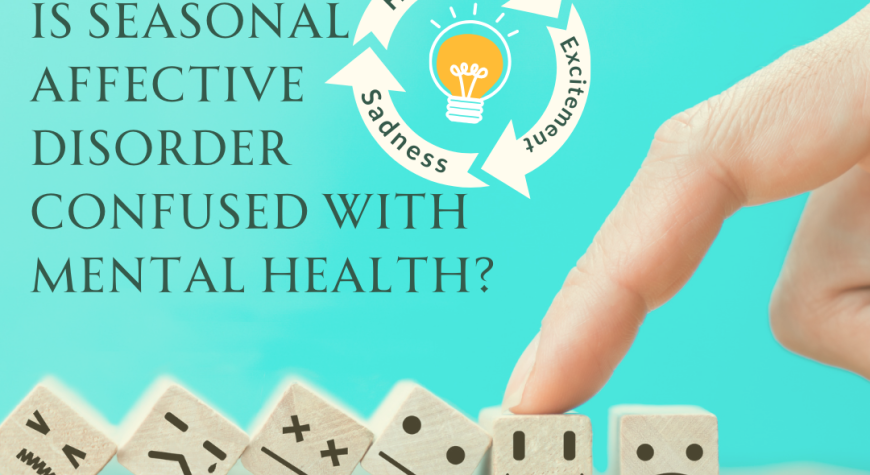Seasonal Affective Disorder (SAD) is a subtype of major depressive disorder characterised by depressive episodes that occur during specific seasons, particularly in fall and winter. It’s marked by a noticeable change in mood and energy levels, often accompanied by feelings of sadness, fatigue, and difficulty concentrating.
While SAD affects a significant number of individuals, it’s important to note that not everyone experiences it. However, many people across different walks of life may grapple with SAD during fall and winter, particularly in regions with shorter daylight hours and less sunlight.
Identifying SAD by oneself involves recognising the common symptoms associated with the disorder. These symptoms may include:
By paying attention to these symptoms and their correlation with seasonal changes, individuals can begin to identify patterns indicative of SAD.
It means exposing a person to artificial light that resembles natural light. Doing this on a daily basis, especially in the morning can help in reducing the symptoms of SAD.
Even if the cold weather does not allow you to move out, spend some time with nature during sunny hours of the day. It gives an exposure to the natural light and helps to feel rejuvenated. Going for a walk is also beneficial.
When we don’t feel good and depressed, we often become lethargic and don’t feel like doing anything. If you plan a routine and stick to it, that might help to bring about stability in your mood. This in turn helps to reduce the symptoms of depression.
Physical activity releases endorphins, neurotransmitters that help improve mood and reduce stress. Incorporate exercise into your routine, whether it’s a gym workout, yoga, or a brisk walk.
Engage in activities that bring you joy and relaxation, such as reading, hobbies, or spending time with loved ones. Practising self-care can help reduce feelings of isolation and sadness.
When struggling to deal with everyday routine tasks and unable to regulate your emotions, don’t hesitate to seek professional help for support. Talking about your feelings and emotions can help you feel relaxed and get some reassurance.
Cognitive-behavioural therapy (CBT) has been shown to be effective in treating SAD. A therapist can help you identify negative thought patterns and develop coping strategies to manage symptoms.
According to research, there is an evident link between Vitamin D deficiency and SAD. So check the levels of your vitamin and take supplements if necessary.
Anticipate the onset of SAD symptoms and develop a plan to cope with them proactively. This may involve scheduling enjoyable activities, adjusting your workspace for more natural light, or arranging social gatherings.
Seasonal Affective Disorder can be hard at times to deal with as there is no reason in particular for your sadness, but you still do not feel yourself. The above mentioned strategies, if undertaken and followed regularly can help combat the symptoms and prevalence of SAD.
By prioritising self-care, seeking professional help when needed, and staying proactive, individuals with SAD can effectively navigate the darker months and emerge stronger on the other side. Remember, you’re not alone, and there is hope for brighter days ahead.
WhatsApp us
